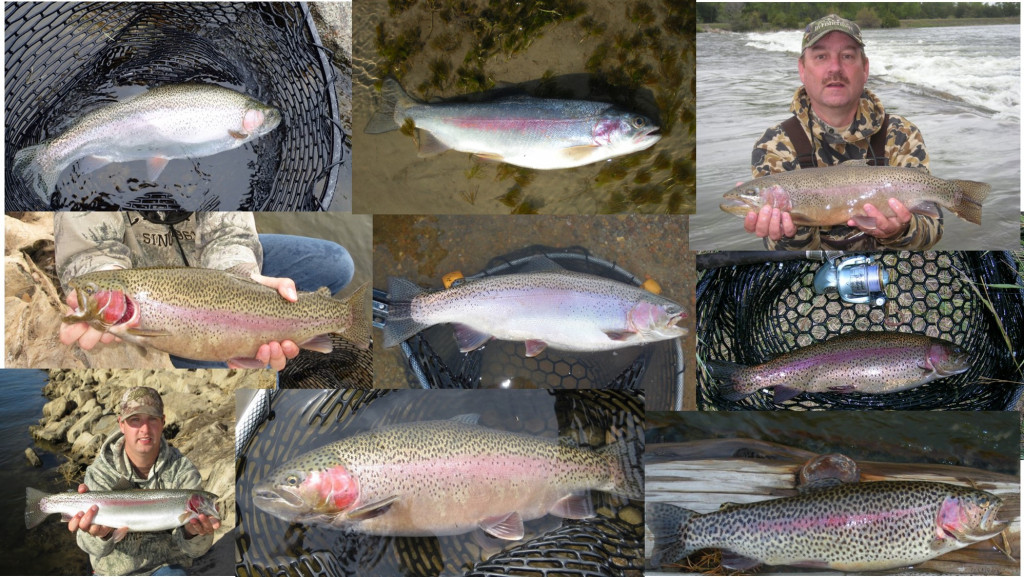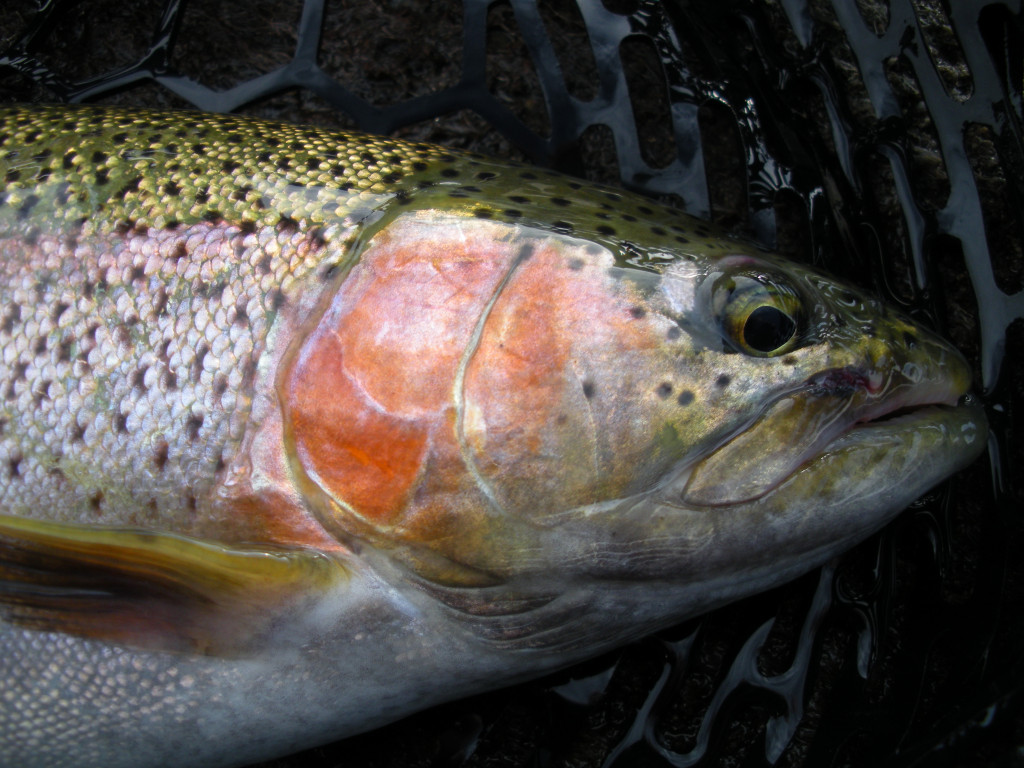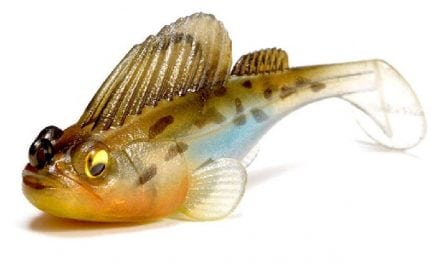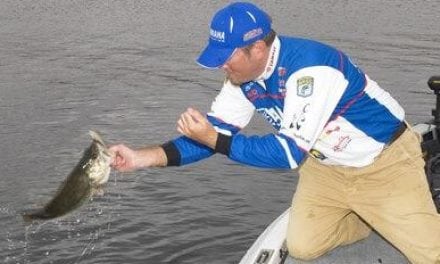I got drawn into an on-line discussion the other day about the variable colorations of rainbow trout. The discussion got me thinking about the different colored rainbows I have caught from a variety of Nebraska waters. I put together a little “collage” of some of them:
Rainbow trout are a species that has been “domesticated”. They have been selectively bred to be easy to raise in a hatchery. As a result, there are a variety of different “strains” of rainbow trout. Yes, there can be some differences in the coloration of those different strains. However, they are all rainbow trout, Onchorhyncus mykiss. By the way, steelhead are nothing more than sea-run rainbow trout, still the same Onchorhyncus mykiss.
Coloration is a very “plastic” characteristic in fish. It is easily changed, and many things can influence coloration. Water quality and habitat will impact the color of fish. Generally, fish from clear water with an abundance of cover tend to be more brightly-colored. Fish from dirty water tend to be more “washed out”.
Diet
Diet can influence the color of fish; both the external coloration and the color of the flesh. The bright pink or even orange color of the flesh of trout and other salmonids comes from consuming prey rich in carotenoid pigments. Prey items like crustaceans and aquatic insects produce orange-colored trout meat. However, know this, additives such as astaxanthin are added to the feeds fed to trout in hatcheries in order to produce healthier-looking and more colorful fish for stocking.
Sex and maturity
Gender and maturation are huge influences on the coloration of trout. Male and female rainbows ready to spawn will have distinctly different colorations. If you look at the fish in my collage, generally the more silvery fish, especially large, silvery rainbows, were females. The larger fish that are darker and more colorful were males. The final clue to gender and maturity would be the hooked jaw or kype that mature males develop.
Although we do not necessarily expect successful reproduction of rainbow trout in many Nebraska waters, that does not mean the fish do not mature and attempt to spawn. Breeding has produced the variety of strains of rainbows, and one difference in those strains can be time of spawning. However, many strains will exhibit spawning colors in late fall into winter and even early spring.
Regardless, I know that one of the things I love about any species of trout is that they are darned purdy. Rainbows are colorful and I love ’em all, but some are just more purdy than others!
The post Don’t Judge a Rainbow by it’s Spots appeared first on Nebraskaland Magazine.

















